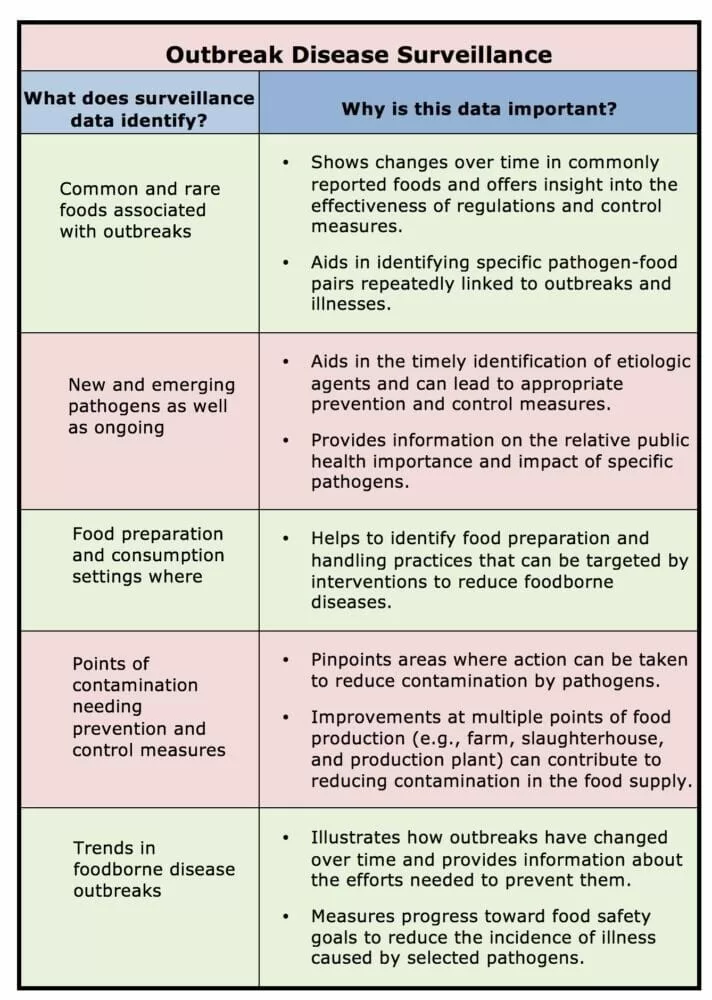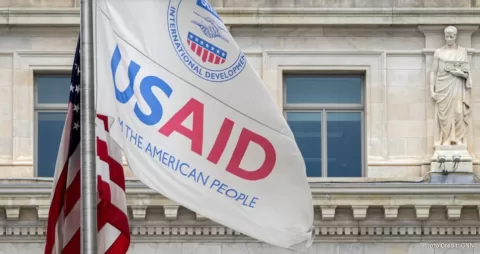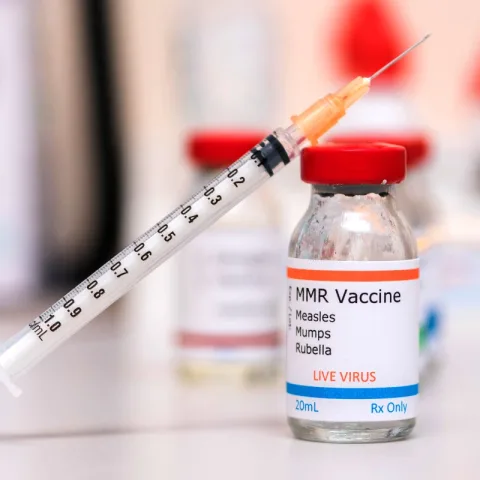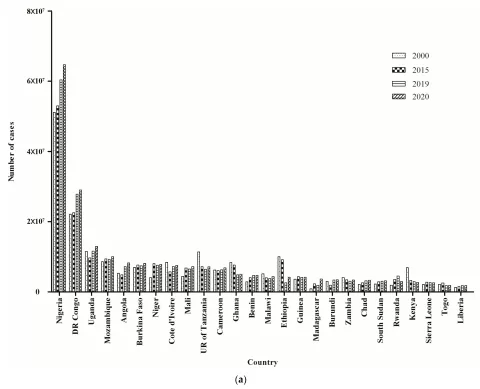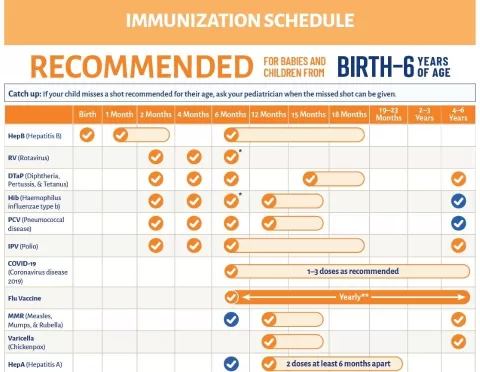Foodborne illness surveillance is a critical public health tool aimed at identifying and preventing outbreaks caused by harmful pathogens like Salmonella and E. coli. Recently, the CDC implemented significant cuts to its Foodborne Diseases Active Surveillance Network (FoodNet), which historically monitored multiple foodborne pathogens across the U.S. This reduction in federal-state cooperation could lead to a decrease in our ability to track and combat these dangerous foodborne pathogens effectively. As food safety systems face unprecedented challenges, the implications of such surveillance program cuts raise concerns about the potential for increased illness and fatalities. Without comprehensive oversight, the battle against significant causes of foodborne illnesses may falter, ultimately endangering public health.
The monitoring of foodborne diseases plays a vital role in safeguarding public health, encapsulating the ongoing efforts to dominate foodborne pathogens’ impact. This systematic approach to tracking infections from food sources, commonly known as foodborne illness oversight, involves collaborative efforts among federal and state agencies. Recent changes have resulted in a narrower focus on certain prominent pathogens while leaving other significant threats open to oversight gaps. With the CDC’s recent shifts spotlighting key threats like Salmonella and Shiga toxin-producing E. coli, concerns have arisen about the implications for overall disease tracking systems. Indeed, the pivot in this surveillance landscape emphasizes an urgent need for comprehensive strategies in the fight against foodborne illness.
The Importance of Surveillance in Foodborne Illness Prevention
Foodborne illness surveillance plays a critical role in public health by identifying and monitoring pathogens that threaten food safety. Programs like the CDC’s Foodborne Diseases Active Surveillance Network (FoodNet) have traditionally provided essential data on the prevalence of foodborne pathogens such as Salmonella, E. coli, and others. Through effective monitoring, these programs can detect outbreaks promptly, enabling health officials to implement necessary interventions to protect the public. Without proper surveillance, the food supply becomes more vulnerable to contamination and outbreaks, underscoring the need for robust food safety systems backed by scientific data.
In the United States alone, foodborne illnesses affect approximately 48 million people each year, leading to 128,000 hospitalizations and 3,000 deaths. The ability to track these illnesses through a well-coordinated surveillance program like FoodNet is paramount. By focusing on the most significant pathogens, health departments can prioritize resources to mitigate risks, but the recent cuts to these surveillance programs highlight a troubling trend. Monitoring all pathogens, not just the top offenders like Salmonella and E. coli, is vital for a comprehensive understanding of foodborne illnesses and developing effective prevention strategies.
CDC FoodNet Cuts and Implications for Public Health
The recent cuts to the CDC’s Foodborne Diseases Active Surveillance Network (FoodNet) have raised serious concerns among public health experts. By easing the mandatory reporting of pathogens such as Campylobacter and Listeria, the program seems to shift focus away from a holistic approach to foodborne illness surveillance. Health Department representatives from various states have voiced apprehension, indicating that while they will continue tracking these pathogens, the lack of centralized, coordinated efforts may lead to delayed responses in identifying outbreaks. As Gail Hansen pointed out, the strength of FoodNet lay in its ability to streamline information across state lines, ensuring that public health responses were timely and efficient.
The implications of these cuts can be profound, potentially leading to an increase in unrecognized and unreported foodborne illnesses. As federal funding diminishes, state health departments may struggle to maintain their surveillance activities and might face uncertainty in managing foodborne disease outbreaks effectively. This situation could create gaps in our understanding of foodborne pathogens’ prevalence and transmission, making it more challenging to protect public health. It is essential to recognize that foodborne illness surveillance should not be viewed as an expense but rather as a critical investment in preventing outbreaks, saving lives, and reducing healthcare costs associated with illness.
Understanding Foodborne Pathogens: Salmonella and E. coli
Salmonella and Shiga toxin-producing E. coli (STEC) are two of the leading foodborne pathogens responsible for serious illness and death in the United States. Annual estimates suggest that Salmonella accounts for around 1.35 million infections, leading to approximately 26,500 hospitalizations and 420 deaths each year. Similarly, STEC, particularly O157:H7, poses significant risks, with its ability to cause severe gastrointestinal complications. Monitoring these pathogens is invaluable for understanding their transmission routes and developing effective interventions to curb their spread in the food supply.
Given the inherent risks associated with these pathogens, maintaining constant vigilance through surveillance is crucial. The CDC’s FoodNet program had played a significant role in tracking infections, identifying outbreak sources, and advising on food safety practices. With less emphasis on monitoring a broader range of pathogens, potential outbreaks might go unnoticed until they spiral out of control. This increased focus on only a few pathogens could lead to complacency and a false sense of security, ultimately endangering public health. Understanding the full spectrum of foodborne pathogens is paramount in safeguarding the population from foodborne illnesses.
Impacts of Funding Cuts on Food Safety Programs
The decision to cut funding for foodborne illness surveillance programs like FoodNet reflects broader challenges within the public health landscape. Decreased financial support not only limits the CDC’s ability to monitor foodborne pathogens comprehensively but also threatens the infrastructure that supports local health departments in their response efforts. Such funding cuts can have cascading effects on food safety systems, resulting in slower detection of outbreaks, fewer resources for education and training, and ultimately, less effective public health responses.
Furthermore, the normalization of reduced funding highlights a troubling perception of foodborne illness surveillance as a low priority. This view undermines the critical role of state and federal systems in safeguarding public health. If states are left to manage foodborne illness investigations without the necessary support from programs like FoodNet, the risk of outbreaks could rise, endangering vulnerable populations. It is crucial to advocate for increased investment in food safety surveillance to ensure a robust response to foodborne pathogens.
A Call for Reinforcement in Foodborne Illness Surveillance
As the landscape of foodborne illness surveillance shifts due to funding cuts, there is a pressing need for stakeholders to advocate for the restoration and reinforcement of programs like FoodNet. Collaboration among federal and state health agencies must be the cornerstone of a comprehensive approach to tracking and mitigating foodborne pathogens. By investing in these programs, we bolster our public health infrastructure, ensuring rapid responses to outbreaks and maintaining community trust in food safety initiatives.
Public health experts emphasize the significance of comprehensive surveillance systems, which should not only focus on the most prevalent pathogens but also on emerging threats that could complicate the food safety scenario. Enhanced foodborne illness surveillance, combined with coordinated communication strategies, can alleviate the impacts of outbreaks, reduce healthcare burdens, and save lives. A concerted push for proper funding and support for monitoring systems is essential to safeguard the health of the American public.”}]},{
Frequently Asked Questions
What role does CDC FoodNet play in foodborne illness surveillance?
The CDC Foodborne Diseases Active Surveillance Network (FoodNet) is essential for monitoring foodborne pathogens and tracking infections typically transmitted through food. It collaborates with various federal and state agencies to ensure that data on illnesses caused by pathogens like Salmonella and E. coli are collected and analyzed. This network has been instrumental in active, population-based surveillance since its establishment in 1995.
How has recent budget cuts affected foodborne illness surveillance programs like FoodNet?
Recent funding reductions have limited the FoodNet program to only report cases of Salmonella and Shiga toxin-producing E. coli (STEC). Reporting for other pathogens such as Listeria and Campylobacter has become optional, which may reduce the ability to track and respond to foodborne illness outbreaks effectively. Public health experts fear this could lead to delayed responses during outbreaks.
Why is Salmonella surveillance prioritized over other foodborne pathogens?
Salmonella and STEC are prioritized in FoodNet’s surveillance due to their status as leading causes of foodborne illness in the U.S., contributing significantly to hospitalizations and fatalities. By focusing resources on these pathogens, FoodNet aims to enhance its effectiveness in mitigating the most critical public health threats.
What implications do cuts to foodborne illness surveillance programs have on public health?
Cuts to foodborne illness surveillance programs like FoodNet could hinder timely detection and response to outbreaks. This reduction might return us to a time before FoodNet, where coordination across states was limited, potentially allowing illnesses to spread unnoticed. Effective surveillance is crucial for preventing outbreaks and ensuring food safety.
Can states continue monitoring foodborne pathogens if FoodNet has limited its surveillance?
Yes, individual states can still monitor foodborne pathogens even if FoodNet has reduced its mandatory reporting. For instance, states like Minnesota and Maryland have confirmed they will continue to track all foodborne pathogens to maintain public health safety, despite changes to the federal program.
What is the significance of the CDC’s other surveillance systems if FoodNet is limited?
The CDC maintains other surveillance systems such as PulseNet and FoodCORE, which play critical roles in detecting and investigating foodborne outbreaks. However, experts warn that funding cuts to these programs could severely impact their capacity to monitor and respond effectively to foodborne diseases, which are vital components of the broader food safety system.
How many people are affected by foodborne illnesses in the U.S. per year?
According to CDC estimates based on FoodNet data, approximately 48 million Americans experience foodborne illnesses annually. Out of those affected, about 128,000 require hospitalization, and 3,000 people die due to complications related to these illnesses.
What challenges do public health officials face due to the reduction in FoodNet’s surveillance capabilities?
Public health officials express concern that with the reduction in FoodNet’s oversight, timely detection of foodborne illness outbreaks may be compromised. This could hinder effective communication and response efforts, as the data aggregation function that FoodNet provides is crucial for swift action against potential health threats.
| Key Points |
|---|
| The CDC has reduced the Foodborne Diseases Active Surveillance Network (FoodNet) program. |
| FoodNet now requires reporting only for Salmonella and Shiga toxin-producing E. coli (STEC). |
| Optional reporting for Campylobacter, Cyclospora, Listeria, Shigella, Vibrio, and Yersinia. |
| Reduced funding has prompted these changes as stated by the Department of Health and Human Services (HHS). |
| All healthcare providers in Minnesota must still report all eight pathogens as per state regulations. |
| Health departments in some states, like Colorado, may need to scale back their surveillance despite state regulations. |
| FoodNet has been in operation since 1995, focusing on active surveillance for foodborne pathogens. |
| An estimated 48 million Americans suffer from foodborne illnesses annually, with 128,000 hospitalizations and 3,000 deaths. |
| The reduction in surveillance may hinder timely outbreak detection and public notification, as warned by health experts. |
Summary
Foodborne illness surveillance is critical to public health, and recent cuts to the CDC’s Foodborne Diseases Active Surveillance Network are concerning. By limiting required pathogen reporting to only Salmonella and STEC, the ability to track other significant pathogens like Listeria and Campylobacter is compromised. This could result in slower responses to outbreaks, jeopardizing public health. Strengthening foodborne illness surveillance is essential for ensuring the safety of the food supply.
The content provided on this blog (e.g., symptom descriptions, health tips, or general advice) is for informational purposes only and is not a substitute for professional medical advice, diagnosis, or treatment. Always seek the guidance of your physician or other qualified healthcare provider with any questions you may have regarding a medical condition. Never disregard professional medical advice or delay seeking it because of something you have read on this website. If you believe you may have a medical emergency, call your doctor or emergency services immediately. Reliance on any information provided by this blog is solely at your own risk.



